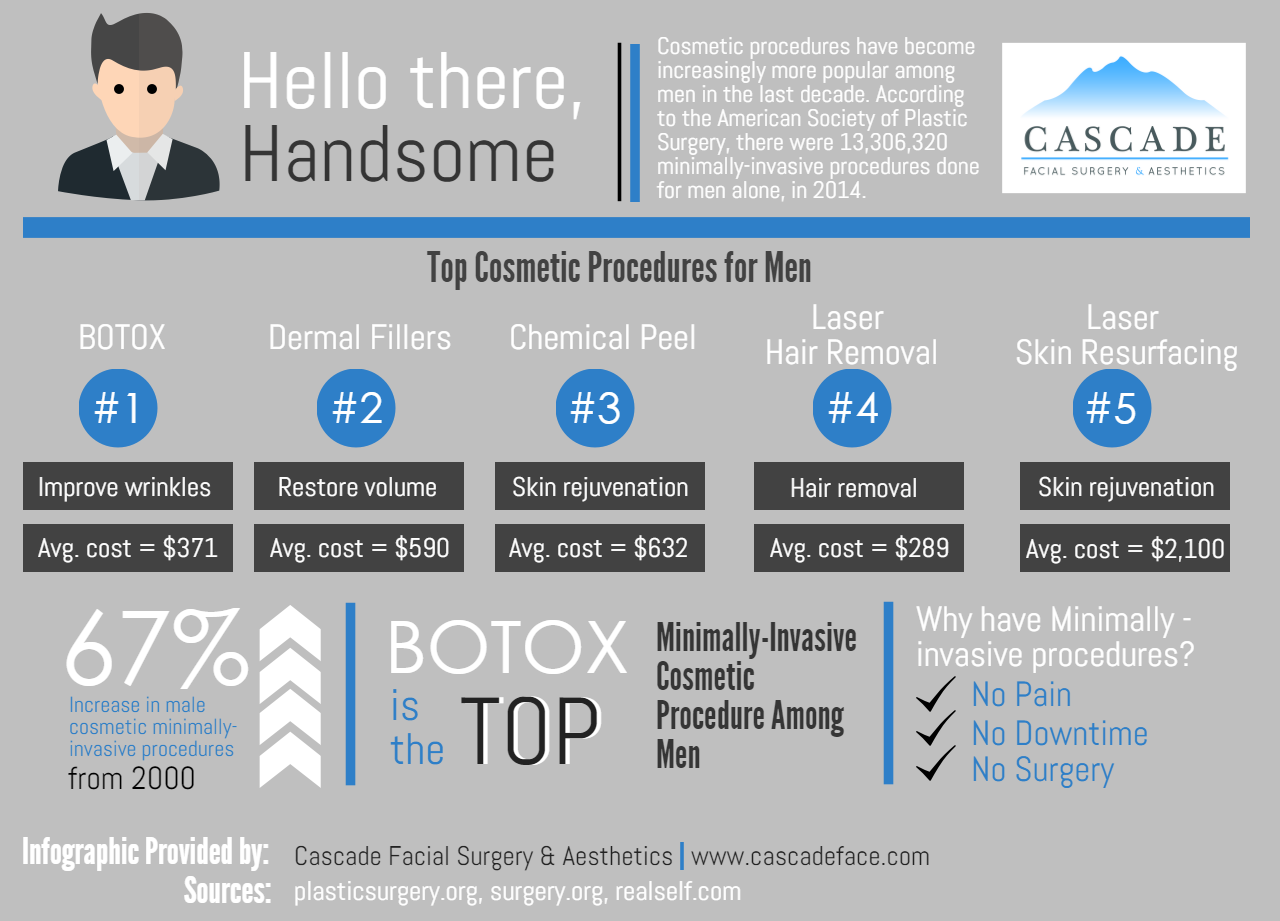What Are Led Masks For Acne
What Are Led Masks For Acne
Blog Article
Root causes of Acne on Cheeks
Acne outbreaks in the cheek area are caused by numerous points, from touching your face frequently to not transforming your pillowcase commonly enough. Picking at acnes increases your danger of infection and scarring, and particular drugs can aggravate dark spots (postinflammatory hyperpigmentation).
The good news is, there are many methods to stop and treat cheek acne. These consist of:
1. Hormone Changes
Acne is mainly brought on by hormones, specifically those produced during the age of puberty and pregnancy. For some, a family history of acne may additionally contribute to their problem. Anything that obstructs pores, such as oil-based skin care items or ceraceous hair products, can set off acne. Different topical therapies, like benzoyl peroxide and salicylic acid, can fight germs and unclog pores. Those with severe or chronic acne must look for treatment from their medical professional.
Avoid touching or squeezing your acne, as this can press several of the bacteria deeper right into the skin, bring about a more extreme outbreak. It is also essential to alter pillow cases regularly and utilize tidy make-up brushes. You need to also attempt to avoid irritants such as rubbing from putting on a headgear or limited collar.
2. Diet
The greasy, sugary foods that lots of people assume trigger acne might in fact not do so. In fact, research studies have shown that eating a diet plan rich in entire, nutrient-dense foods assists to stop outbreaks.
Foods high in the glycemic index (such as white bread, corn flakes, blew rice and potatoes, doughnuts and various other pastries) raise blood sugar levels rapidly, and this can enhance hormones that increase oil production and result in acne.
Consuming cow's milk has likewise been linked to enhanced acne breakouts. If you are a routine cow's milk enthusiast, you could intend to attempt changing to low-fat or nondairy options that are fortified with calcium. Furthermore, consuming more water can help to decrease acne because it helps to keep the skin hydrated.
3. Excess Oil
While oil is vital for healthy skin, it can end up being an issue when excessive sebum mixes with dead skin cells and blocks pores. This combination can create blackheads, whiteheads and acnes. The obstructed pore wall surface can break down and spill microorganisms, dead skin cells and sebum right into surrounding skin. This leads to a red bump referred to as a pimple. In some cases these red bumps have pus in the center from a bacterial infection. Larger contaminated bumps that appear like acne are called cysts.
There are numerous things that can cause excess sebum and blocked pores, including hormonal agent variations, diet plan and daily habits. Some instances consist of touching the face often, resting your hand on your cheek, making use of filthy makeup brushes and not transforming pillow cases on a regular basis.
4. Anxiety
If you're handling throbbing acnes or a multitude of blackheads and whiteheads, it may be time to talk with a skin specialist. They can recommend a reliable therapy that suits your skin kind. Practicing leisure and stress-reduction methods also aids.
Acne can happen in the cheeks due to rubbing and pressure, such as when an individual touches their face often or wears a hat or sporting activities helmet that scrubs versus the skin. It can likewise appear where oily cosmetics and lotions scrub against the skin.
Avoid pressing acne, as this can push contaminated material deeper right into the skin and lead to scarring. Rather, see a physician to learn about preventative treatments like drug, skin care items and way of life adjustments. Eating a healthy and balanced diet plan of entire foods, getting 7 to nine hours of rest and utilizing noncomedogenic make-up and skincare items can all help reduce acne outbreaks.
5. Hair Products
Hair products are not normally considered a cause of outbreaks, but they can contribute to acne on the cheeks in some people. Pomade acne, which is identified by small shut comedones and papulopustules, is typically brought on by using oily hair items that contain comedogenic active ingredients such as specific oils and acetylated lanolin.
Picking hair products that do not contain these possibly comedogenic ingredients is a crucial action toward decreasing breakouts. Likewise, ensuring that hair products aren't can be found in contact with the skin can help stop outbreaks. For example, putting on a headscarf or bonnet in the evening can restrict hair-to-face get in touch with and lower the possibility that leave-in hair items will abrade onto the face.
In addition facial rejuvenation near me to making use of a non-comedogenic moisturizer and cleaning with an acne face wash, other handy strategies include: